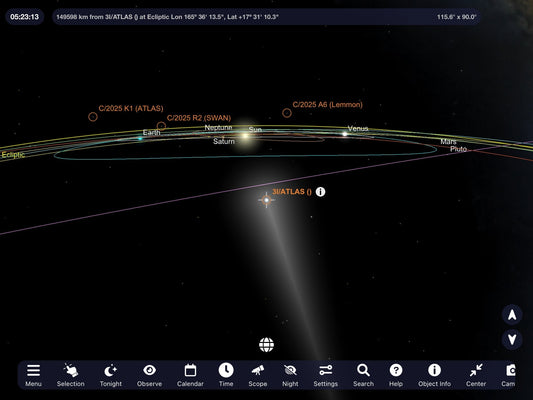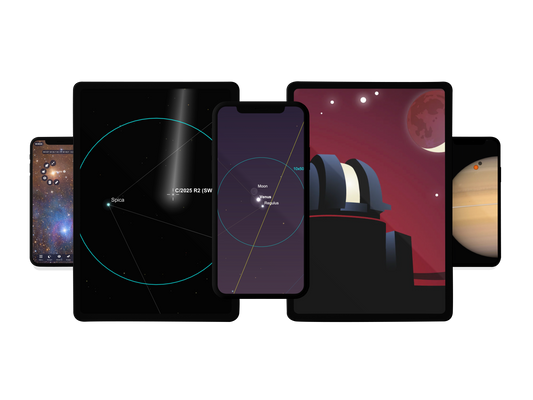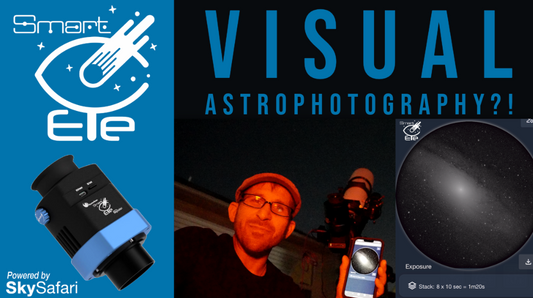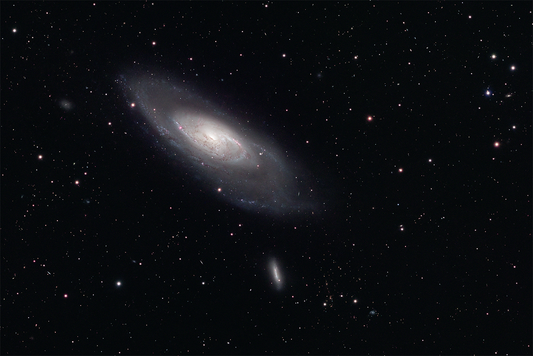SkySafari News & Events

The Best Holiday Telescope: Celestron StarSense...
If you are searching for a gift that inspires curiosity and keeps giving long after the wrapping paper is gone, the Celestron StarSense Explorer DX 5" powered by SkySafari is...
The Best Holiday Telescope: Celestron StarSense...
If you are searching for a gift that inspires curiosity and keeps giving long after the wrapping paper is gone, the Celestron StarSense Explorer DX 5" powered by SkySafari is...

Comet Chaos: A SkySafari Spectacle
October 2025 brings Comet Chaos, a cosmic carnival of three dazzling wanderers streaking through the heavens.
Comet Chaos: A SkySafari Spectacle
October 2025 brings Comet Chaos, a cosmic carnival of three dazzling wanderers streaking through the heavens.

Celestial Highlights You Won’t Want to Miss
The cosmos is serving up a feast of wonders this season, each a reminder to keep your eyes on the skies and SkySafari close at hand.
Celestial Highlights You Won’t Want to Miss
The cosmos is serving up a feast of wonders this season, each a reminder to keep your eyes on the skies and SkySafari close at hand.

Visual Astrophotography Comes Into Focus
@CosmosSafari Podcast Creator David Farina Reviews SmartEye Digital Eyepiece
Visual Astrophotography Comes Into Focus
@CosmosSafari Podcast Creator David Farina Reviews SmartEye Digital Eyepiece

A Brilliant Dawn Conjunction
Get up early on August 12 for a superb close conjunction of the two brightest planets. By Alan Dyer
A Brilliant Dawn Conjunction
Get up early on August 12 for a superb close conjunction of the two brightest planets. By Alan Dyer

Messier 106: A Springtime Spiral Worth a Closer...
As galaxy season begins, the often-overlooked spiral galaxy M106 shines in Canes Venatici. Richard Wright of www.eveningshow.com takes us on the tour.
Messier 106: A Springtime Spiral Worth a Closer...
As galaxy season begins, the often-overlooked spiral galaxy M106 shines in Canes Venatici. Richard Wright of www.eveningshow.com takes us on the tour.
